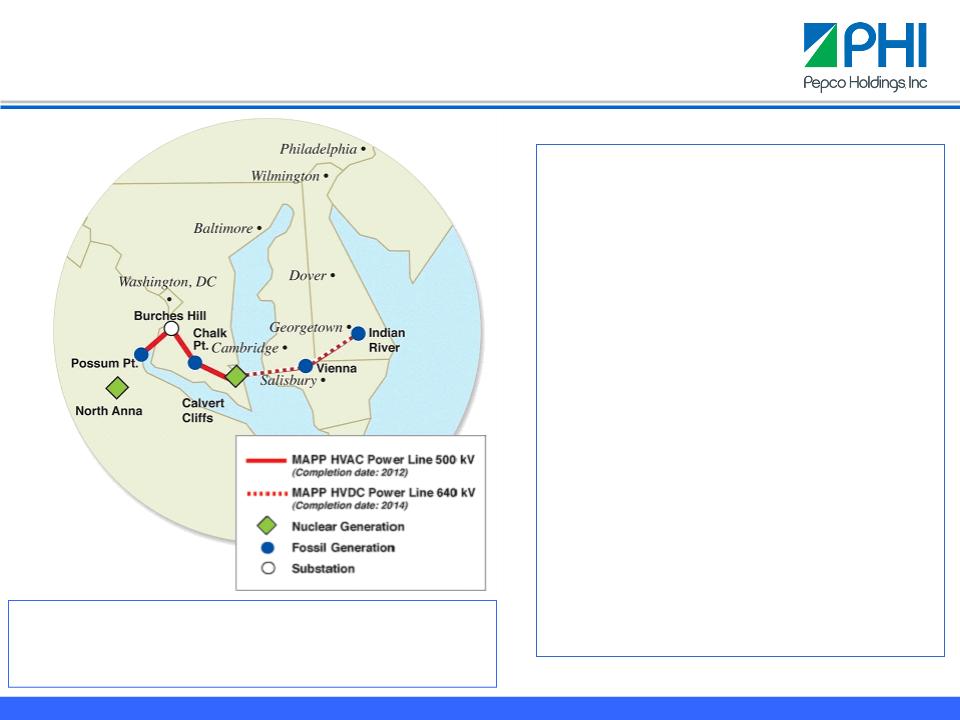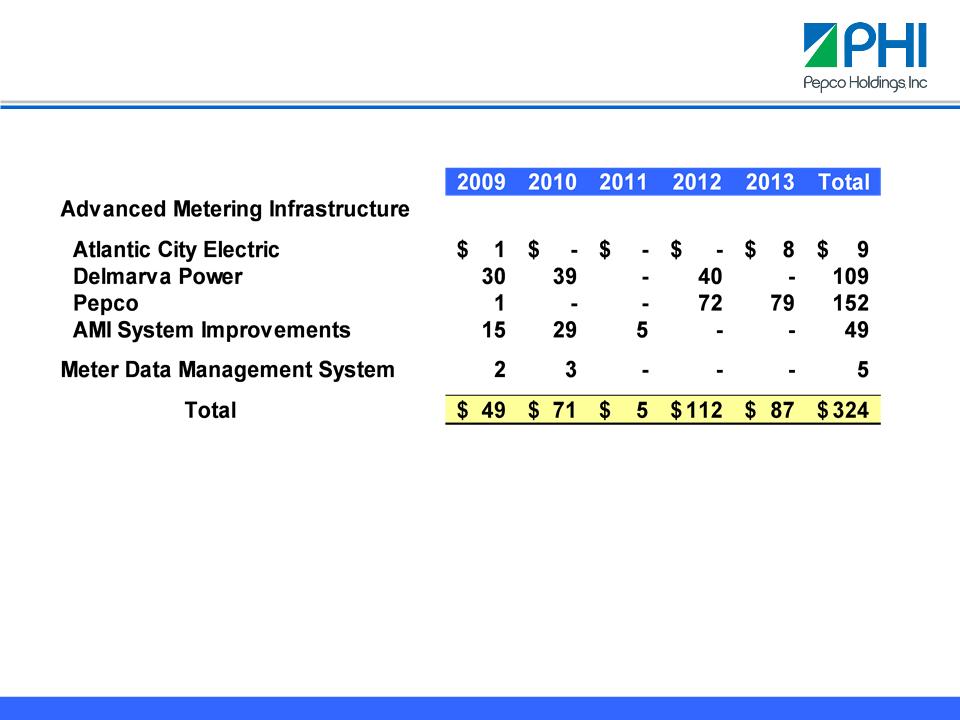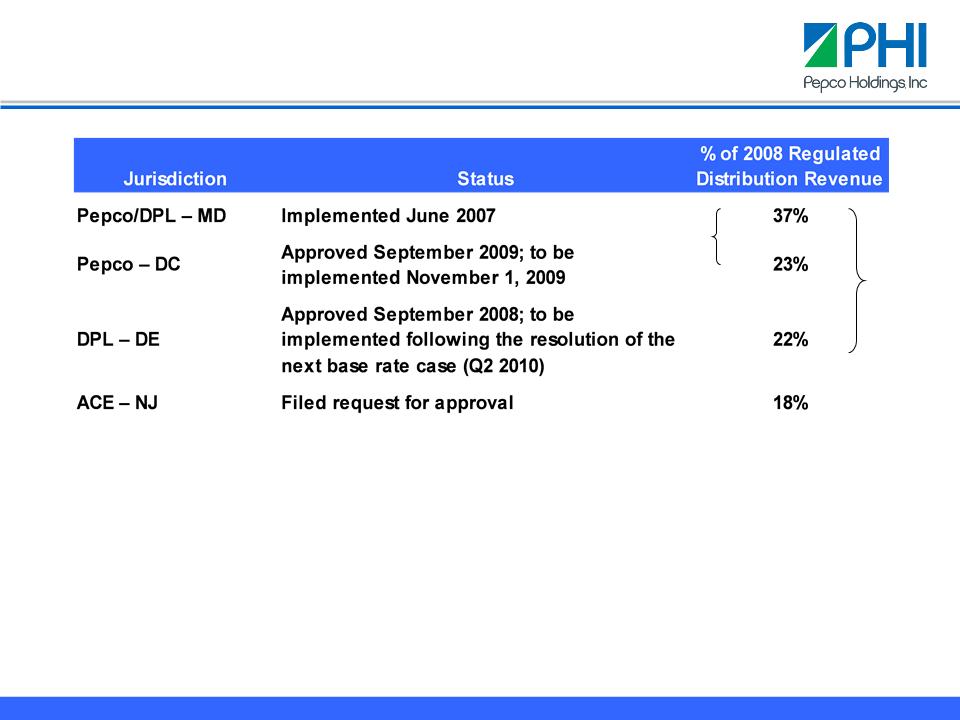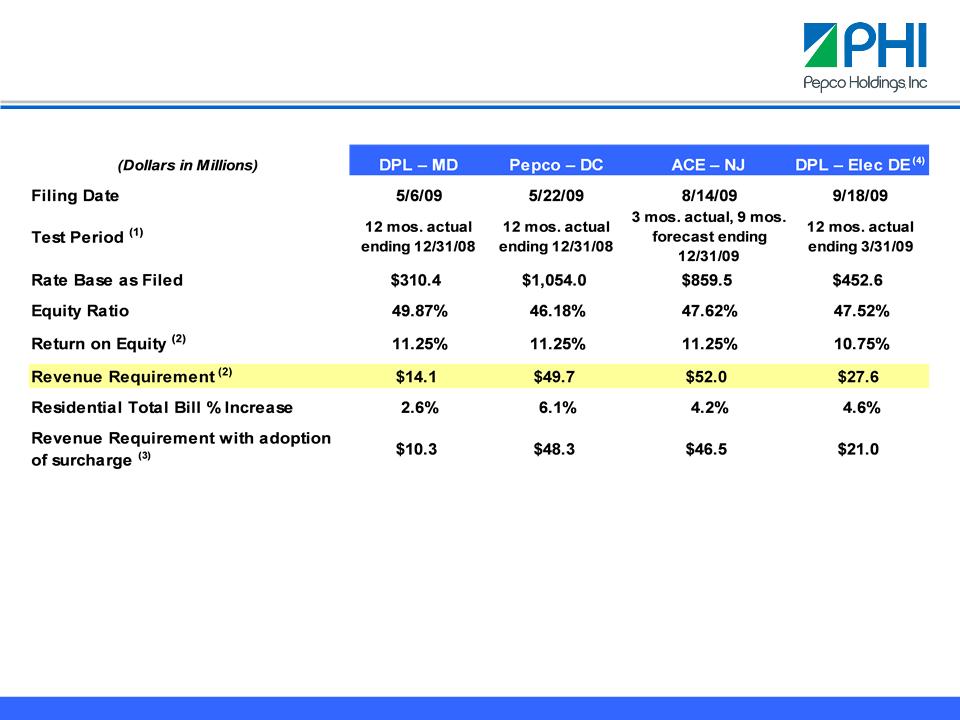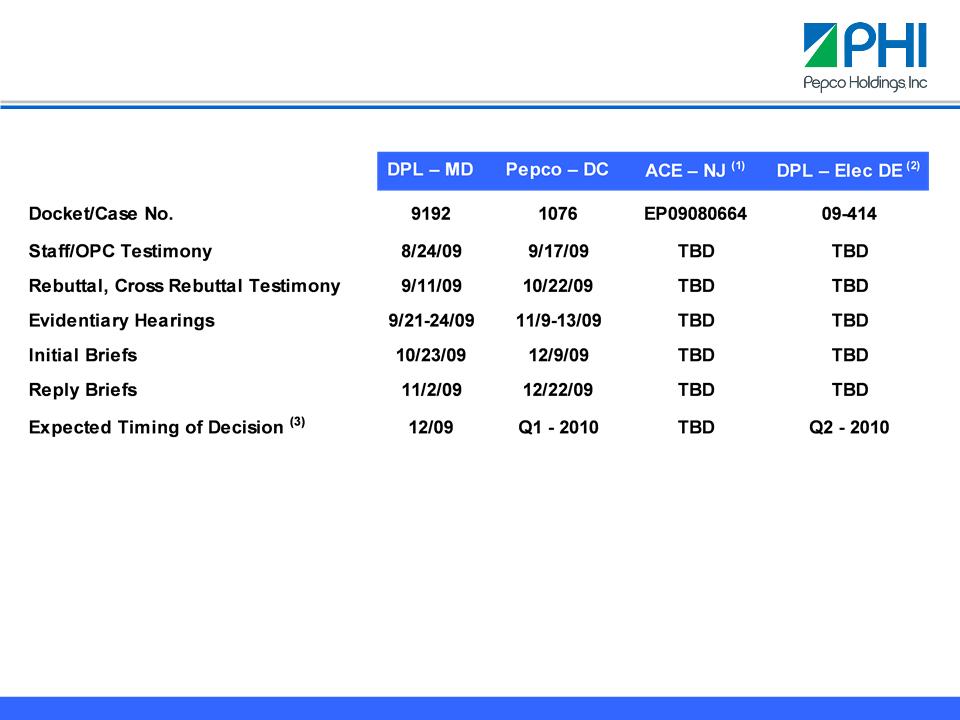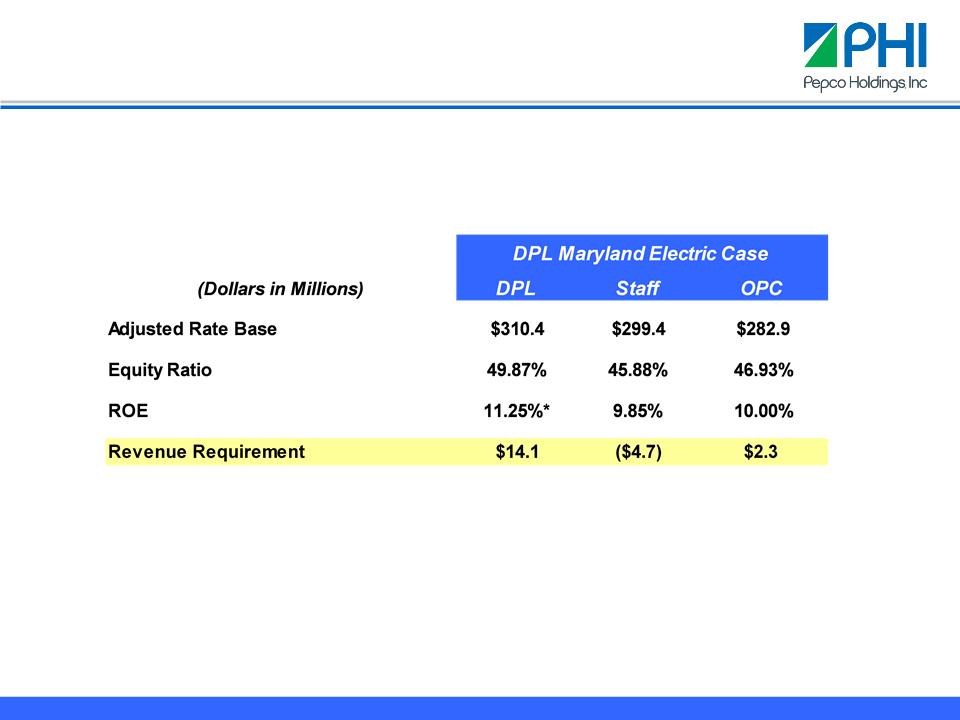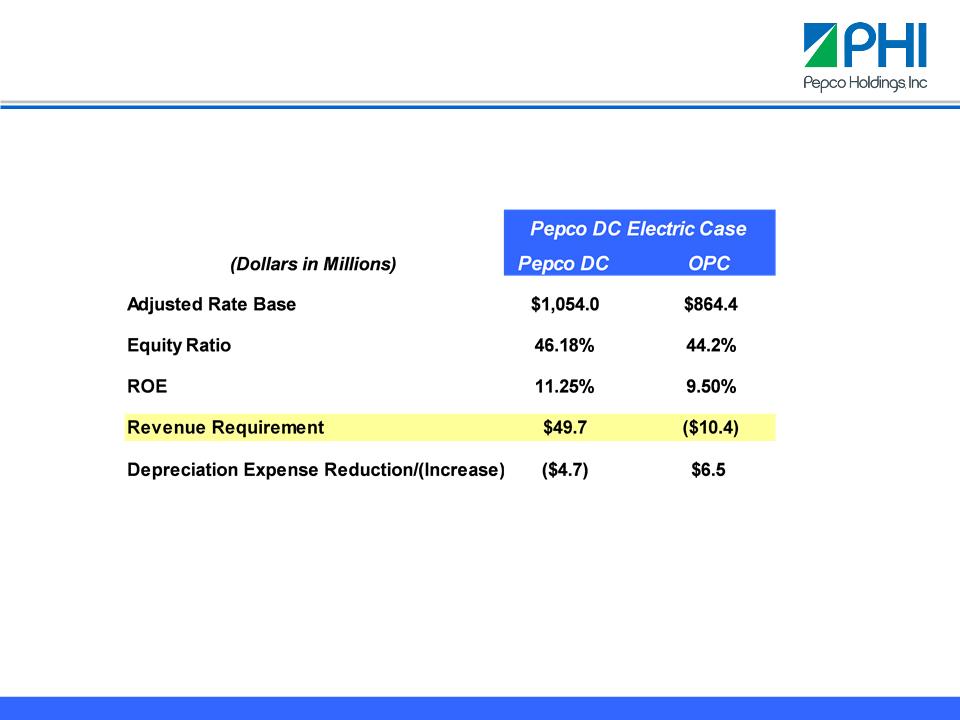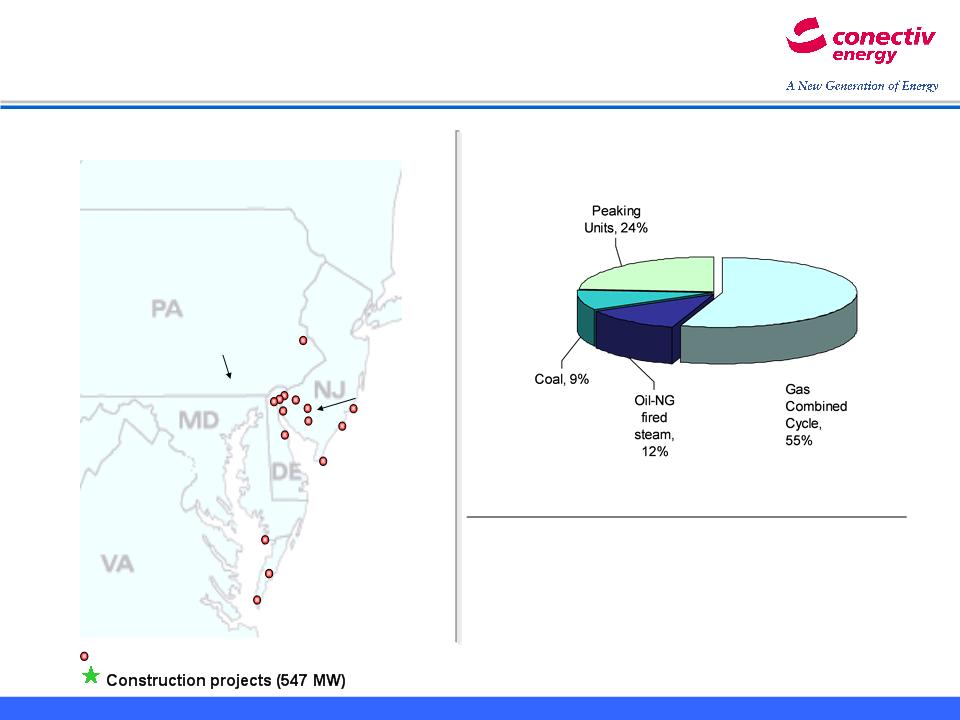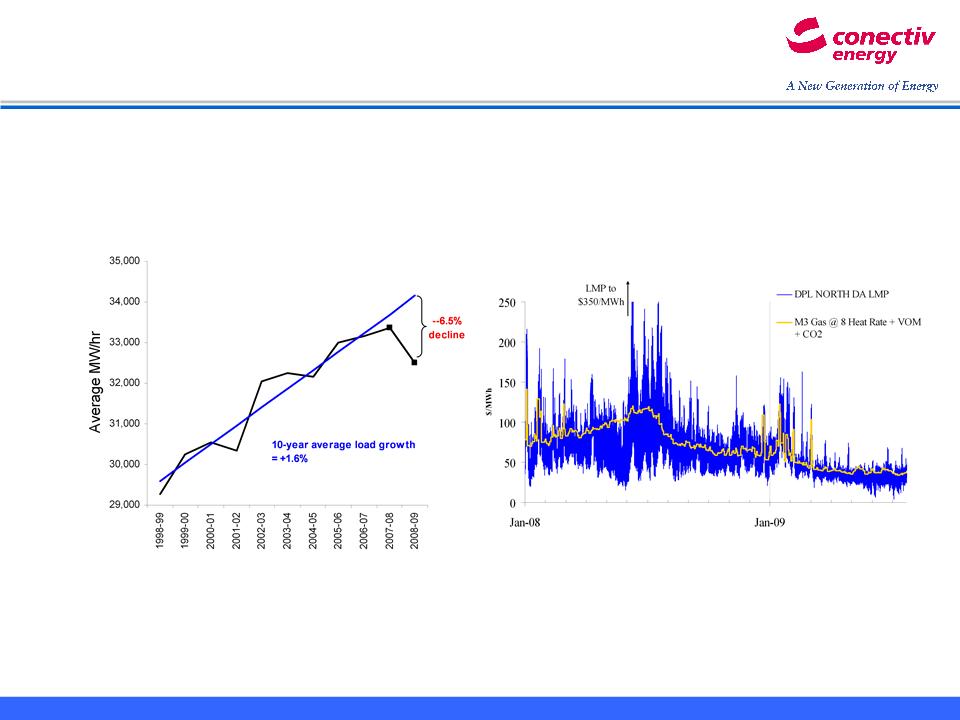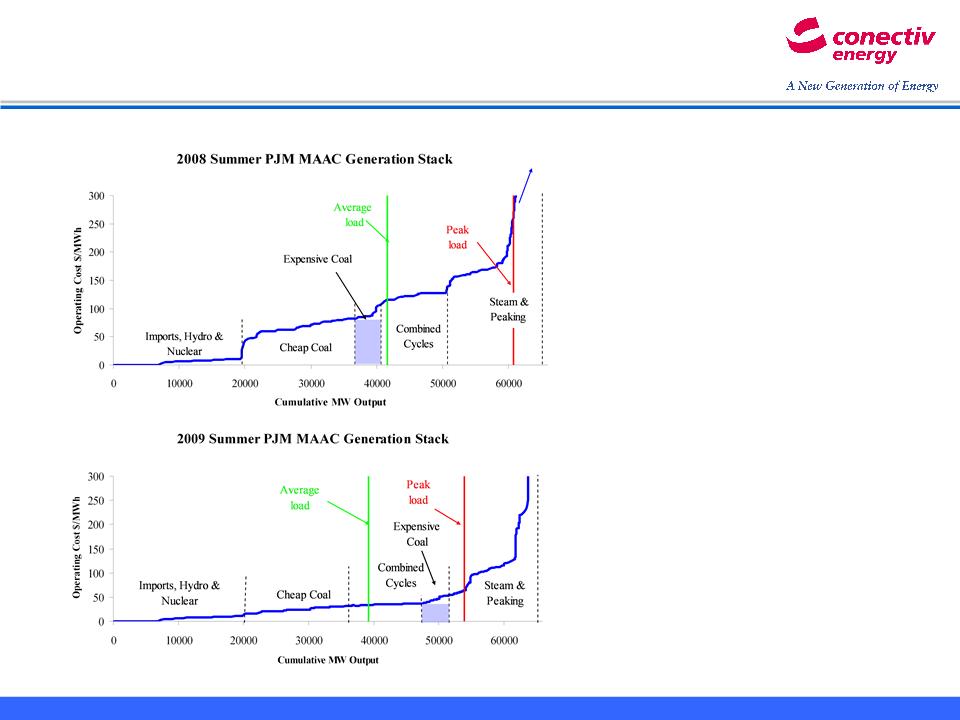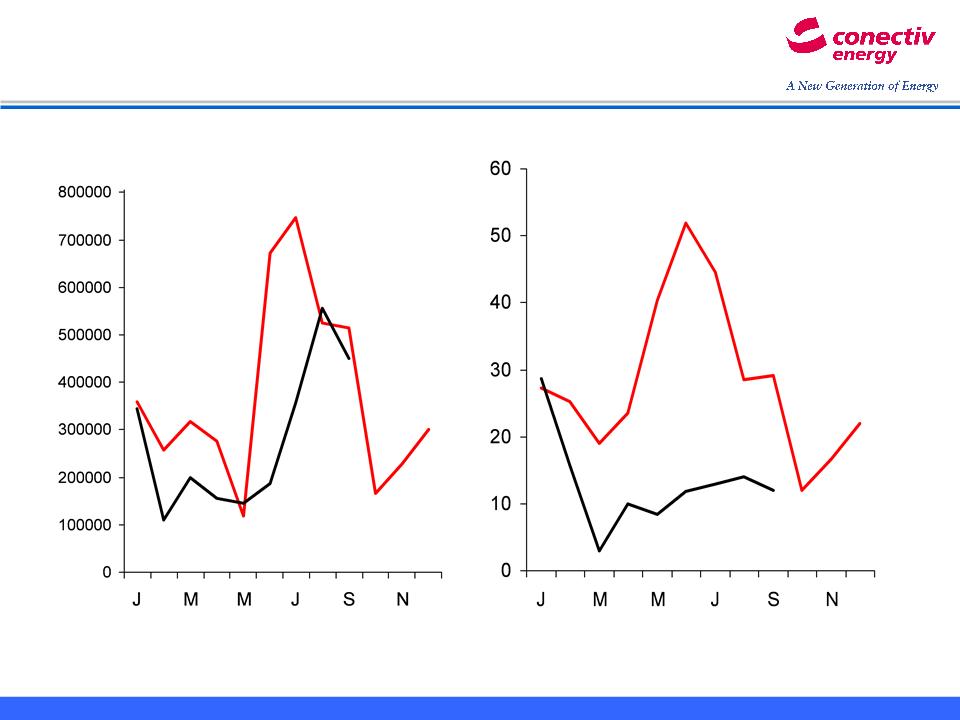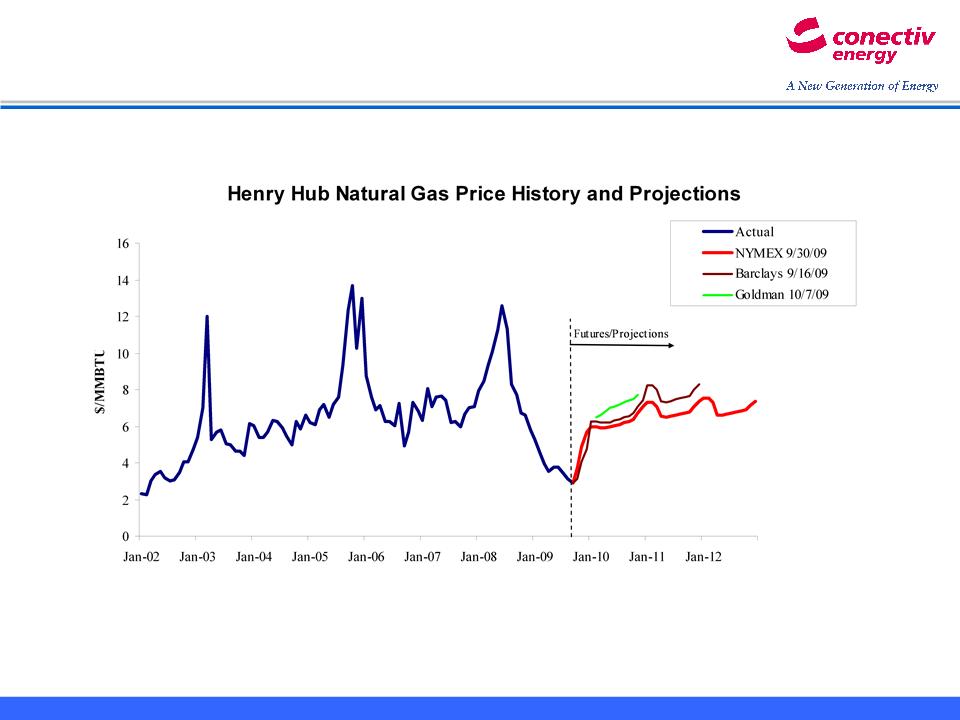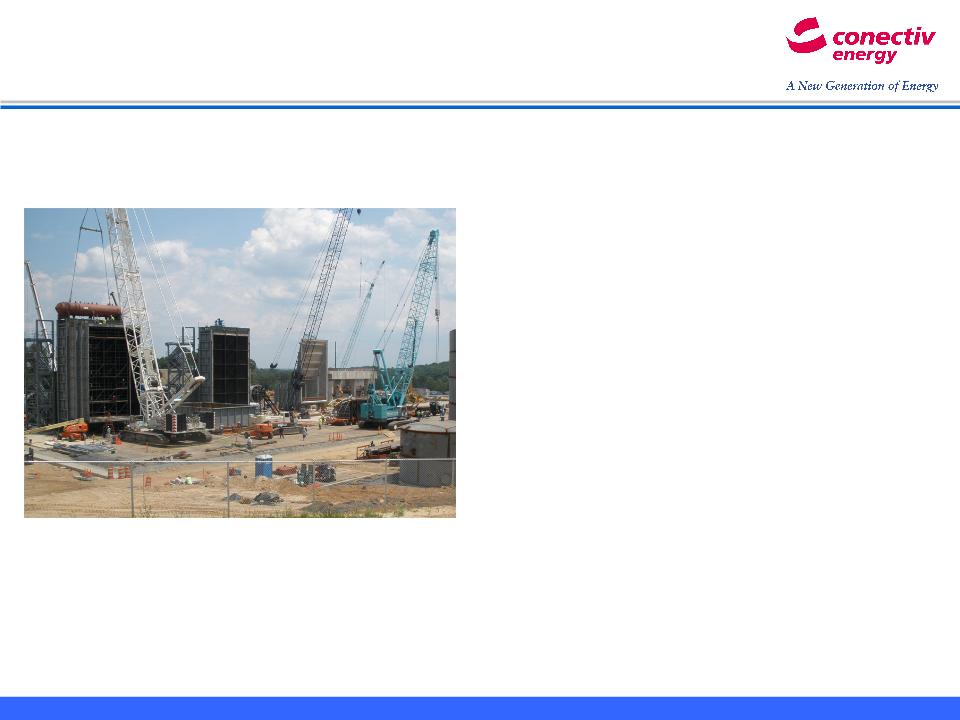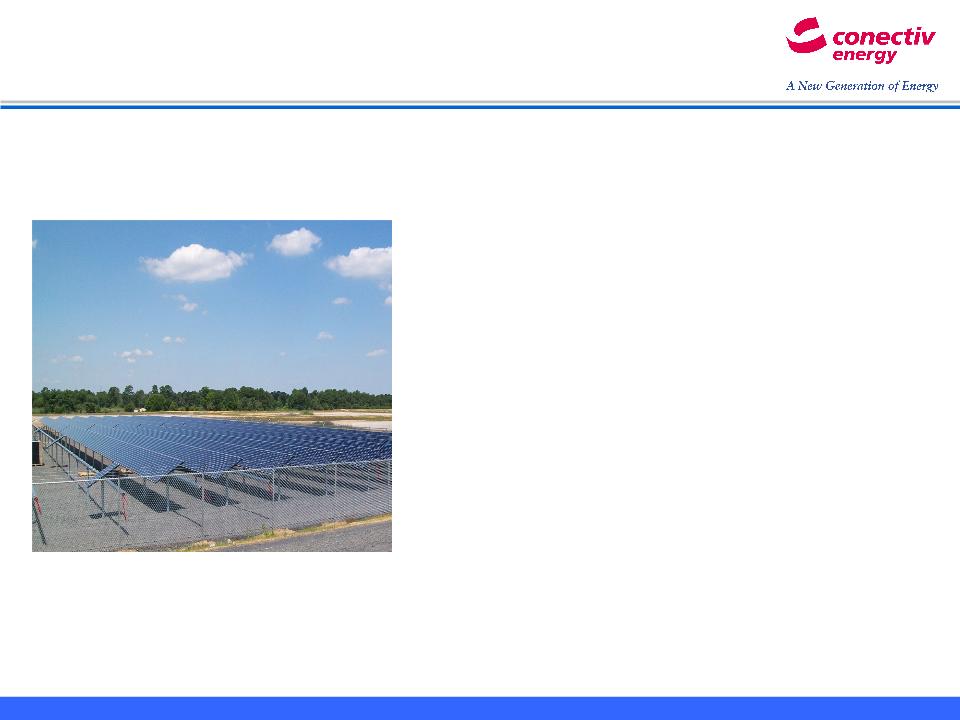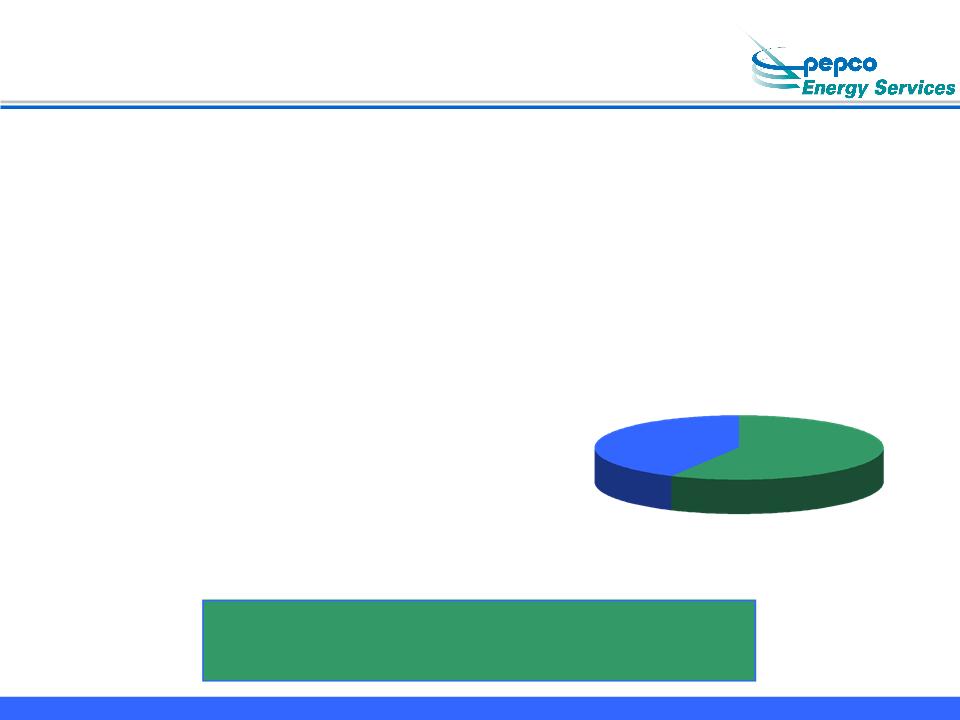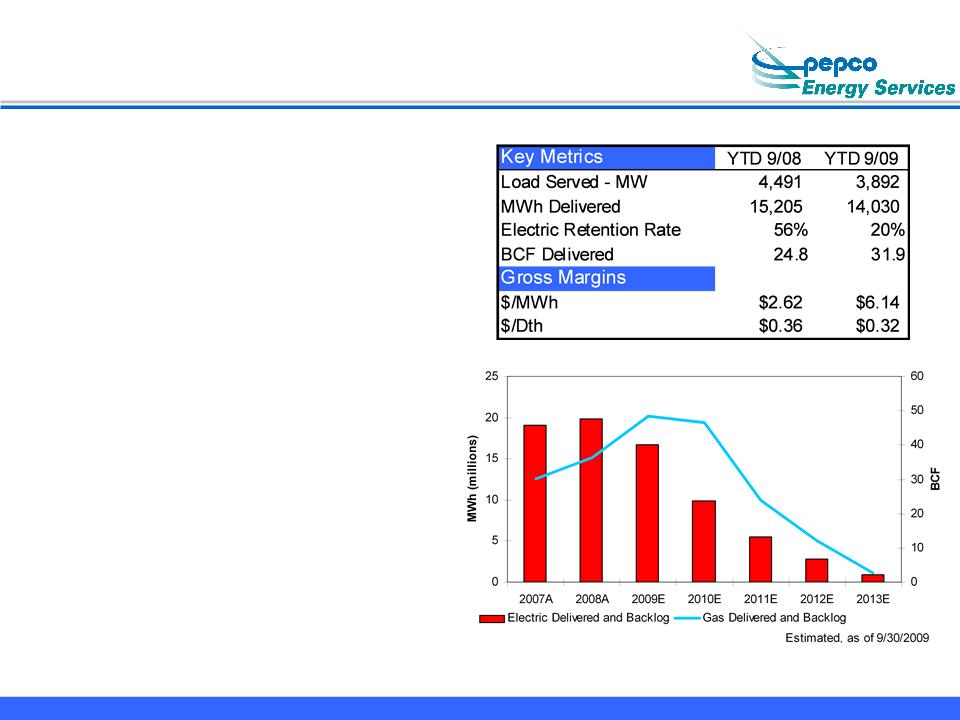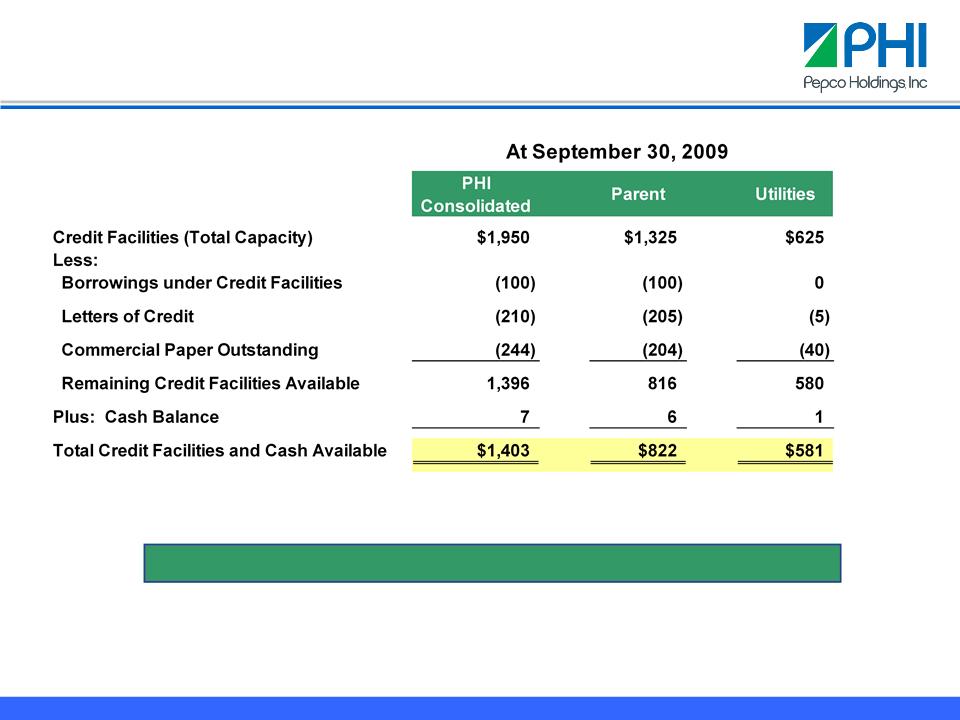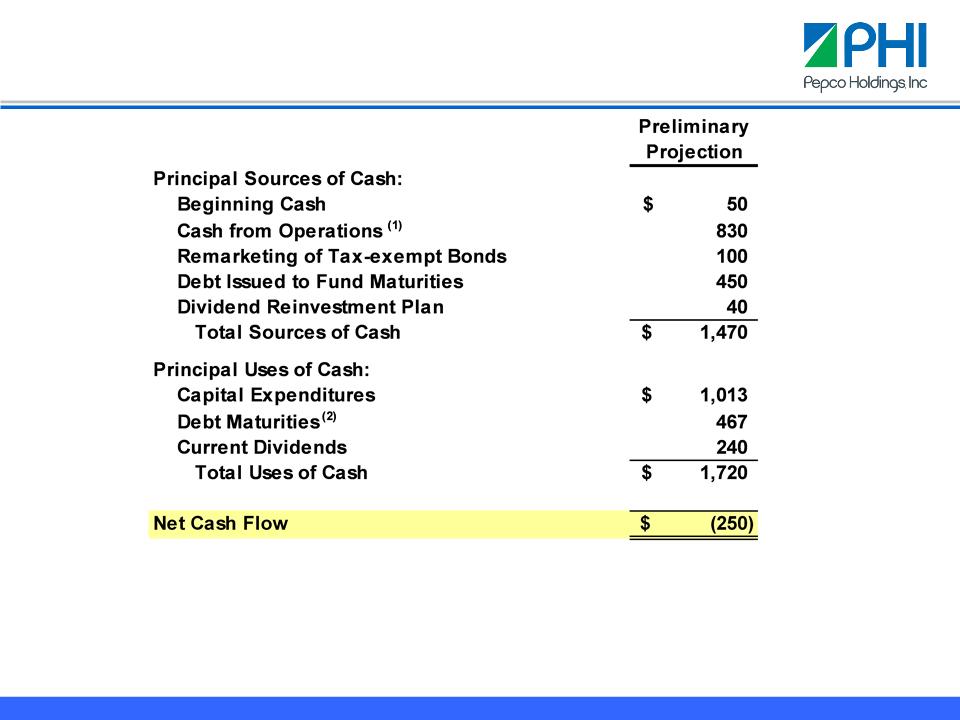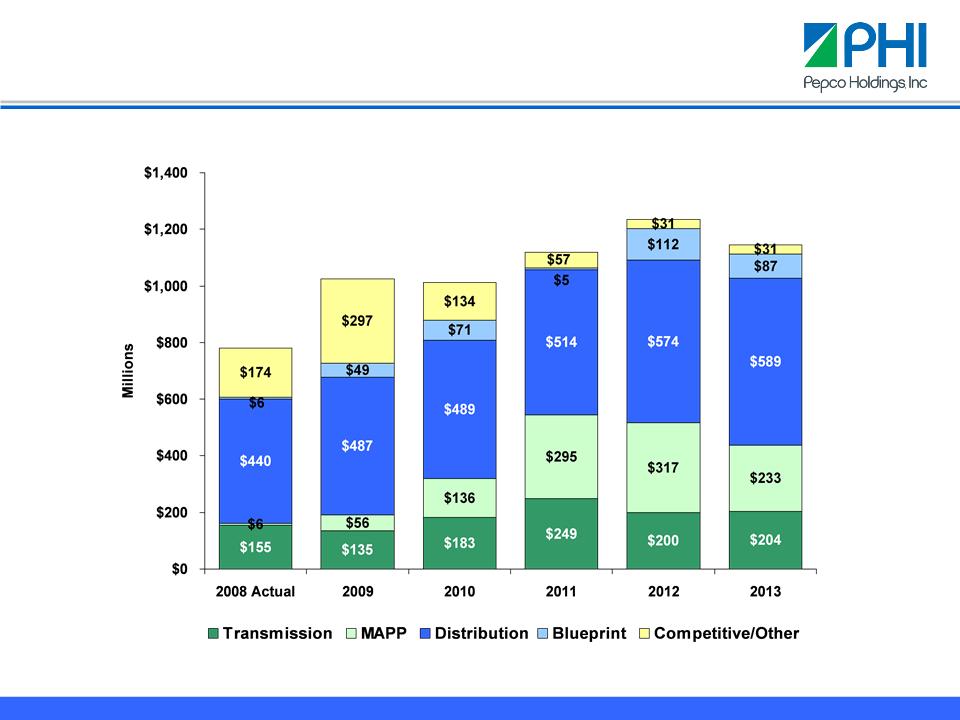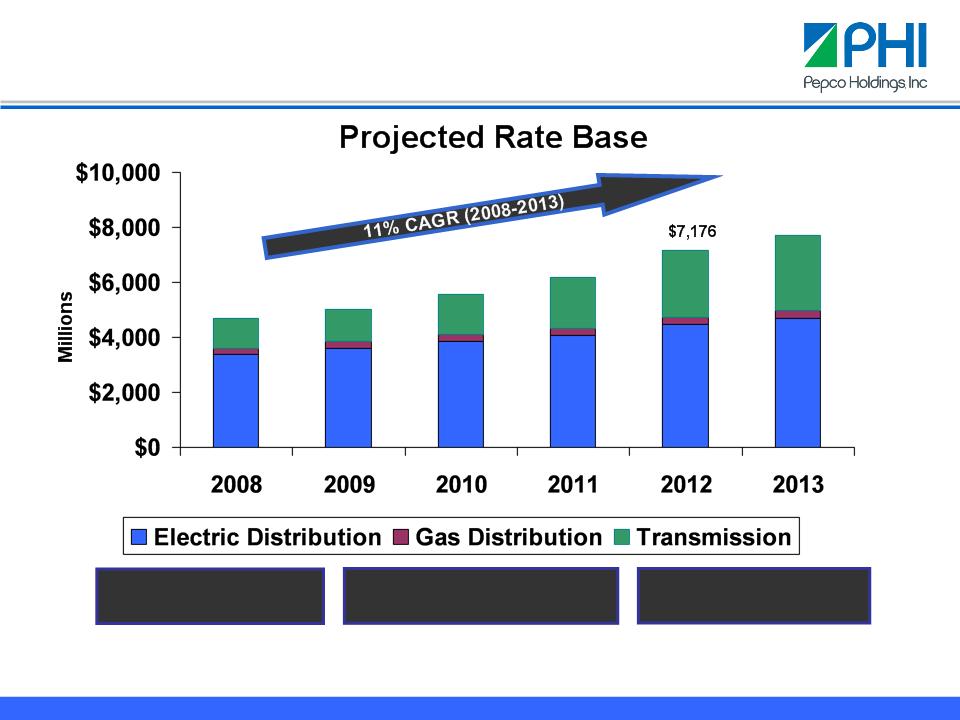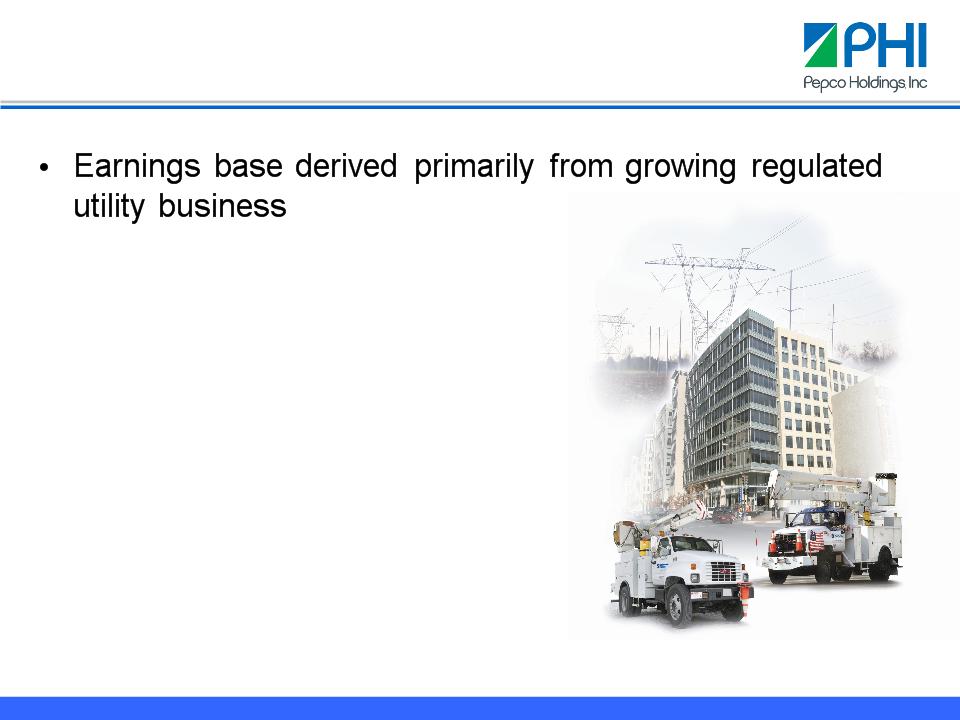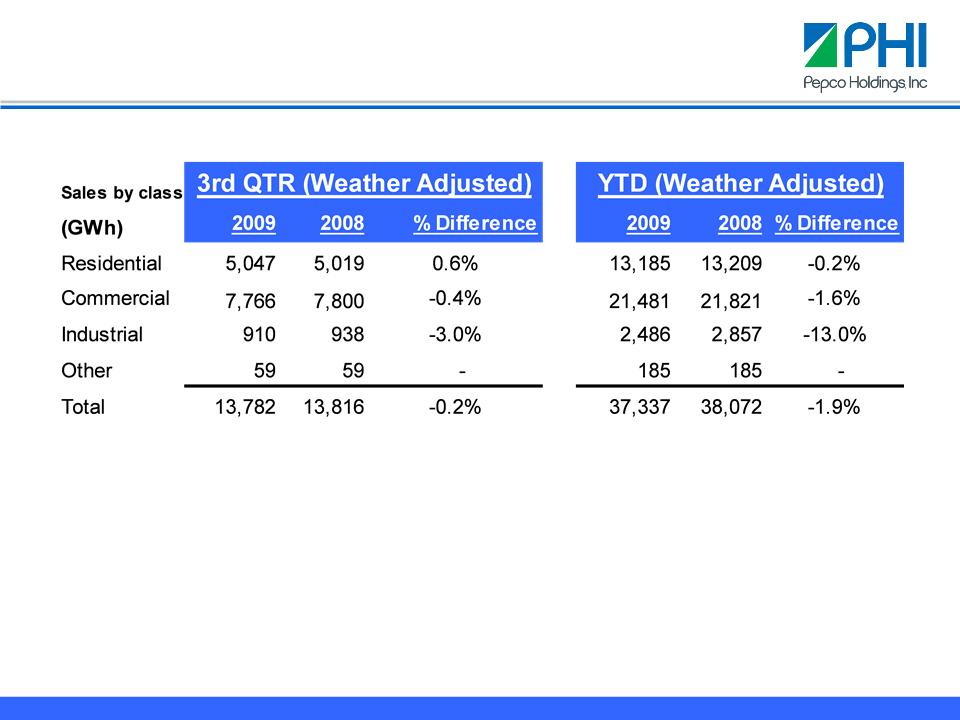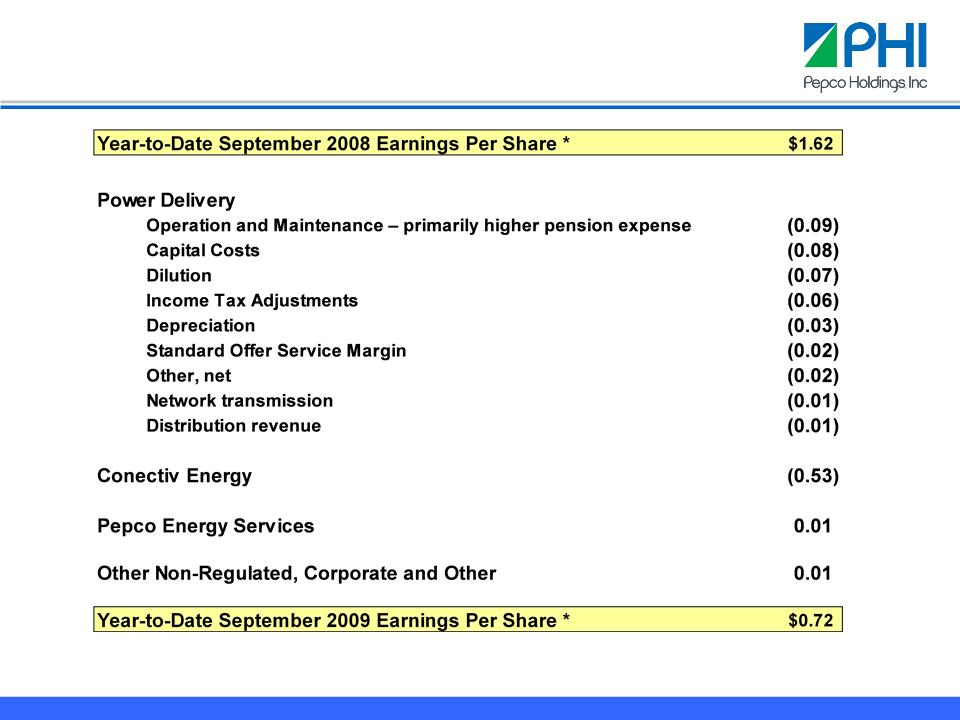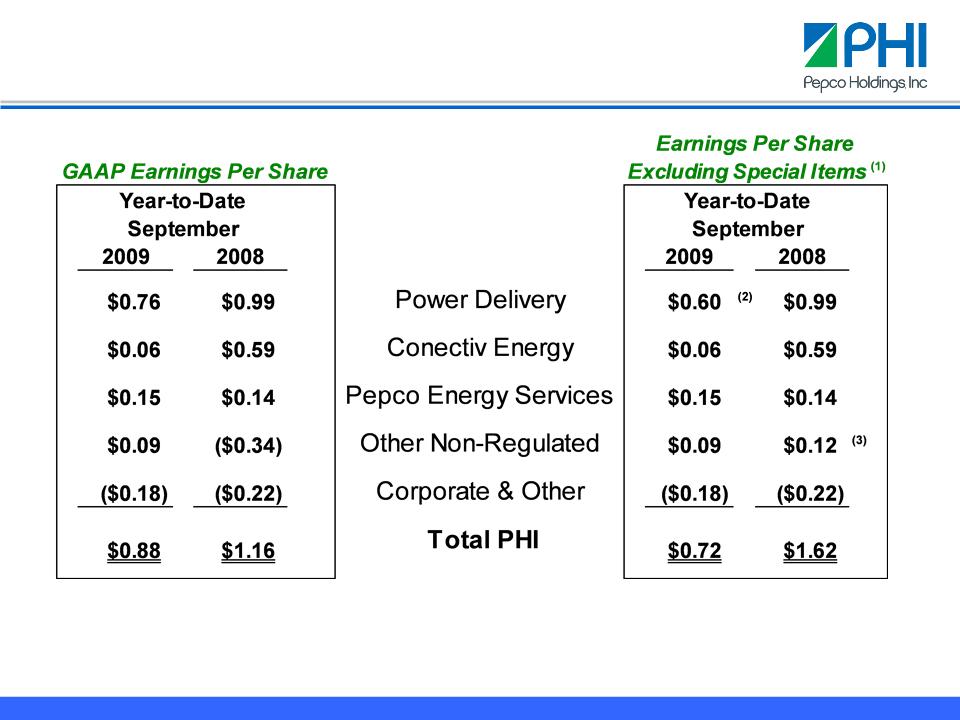
Some of the statements contained in today’s presentations are forward-looking statements within the meaning of Section 21E of
the Securities Exchange Act of 1934 and are subject to the safe harbor created by the Private Securities Litigation Reform Act of
1995. These statements include all financial projections and any declarations regarding management’s intents, beliefs or current
expectations. In some cases, you can identify forward-looking statements by terminology such as “may,” “will,” “should,” “expects,”
“plans,” “anticipates,” “believes,” “estimates,” “predicts,” “potential” or “continue” or the negative of such terms or other comparable
terminology. Any forward-looking statements are not guarantees of future performance, and actual results could differ materially
from those indicated by the forward-looking statements. Forward-looking statements involve estimates, assumptions, known and
unknown risks, uncertainties and other factors that may cause actual results, levels of activity, performance or achievements to be
materially different from any future results, levels of activity, performance or achievements expressed or implied by such forward-
looking statements. Each forward-looking statement speaks only as of the date of the particular statement, and we undertake no
obligation to publicly update or revise any forward-looking statement, whether as a result of new information, future events or
otherwise. A number of factors could cause actual results or outcomes to differ materially from those indicated by the forward-
looking statements contained in this presentation. These factors include, but are not limited to, prevailing governmental policies
and regulatory actions affecting the energy industry, including with respect to allowed rates of return, industry and rate structure,
acquisition and disposal of assets and facilities, operation and construction of plant facilities, recovery of purchased power
expenses, and present or prospective wholesale and retail competition; changes in and compliance with environmental and safety
laws and policies; weather conditions; population growth rates and demographic patterns; competition for retail and wholesale
customers; general economic conditions, including potential negative impacts resulting from an economic downturn; growth in
demand, sales and capacity to fulfill demand; changes in tax rates or policies or in rates of inflation; rules and changes in
accounting standards or practices; changes in project costs; unanticipated changes in operating expenses and capital
expenditures; the ability to obtain funding in the capital markets on favorable terms; restrictions imposed by Federal and/or state
regulatory commissions, PJM and other regional transmission organizations (NY ISO, ISO New England), the North American
Electric Reliability Council and other applicable electric reliability organizations; legal and administrative proceedings (whether civil
or criminal) and settlements that affect our business and profitability; pace of entry into new markets; volatility in market demand
and prices for energy, capacity and fuel; interest rate fluctuations and credit market concerns; and effects of geopolitical events,
including the threat of domestic terrorism. Readers are referred to the most recent reports filed with the Securities and Exchange
Commission.
Safe Harbor Statement




